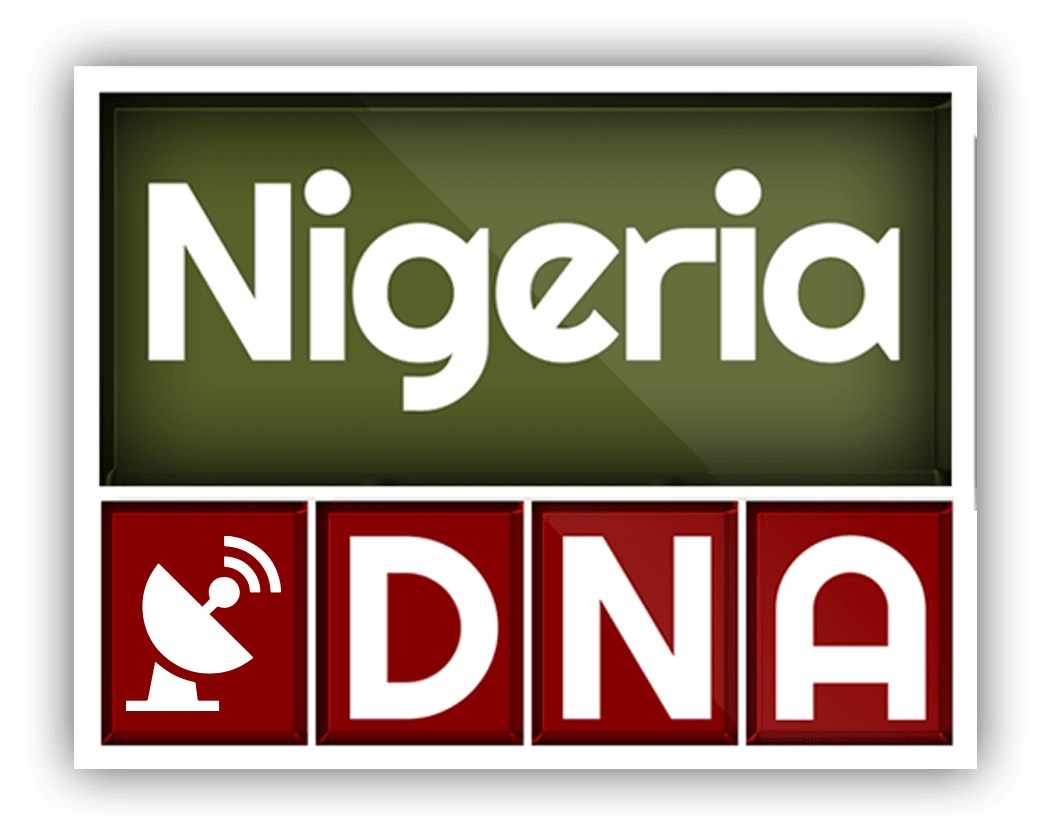DStv, the pay-TV service offered by MultiChoice, experienced a decline in its South African subscriber base between March 2022 and March 2023, according to MultiChoice’s latest annual results. The number of subscribers dropped from 8.16 million to 8.016 million during this period, reflecting a reduction of approximately 144,000 or 1.8%.
In the previous year, from 2021 to 2022, the decline was much smaller, with a loss of about 17,000 subscribers, bringing the year-end subscriber count from 8.177 million to 8.16 million.
Prior to these declines, DStv had been consistently adding subscribers each year. However, MultiChoice now highlights a 90-day active subscriber metric as the primary measurement of its customer base size. This approach was introduced in 2020, focusing on the number of subscribers active within a three-month period rather than the count of paying customers on the last day of the financial year. Despite this change, MultiChoice continues to include its year-end subscriber numbers in its reports.
A graphical representation provided in the report demonstrates the changes in DStv’s subscriber numbers from March 2018 to March 2023. During the financial years of 2021/2022 and 2022/2023, DStv’s 90-day active subscribers in South Africa increased from 9 million to 9.3 million, indicating a 3% rise. MultiChoice stated that around 290,000 90-day active subscribers were added during this period.
Among the three main segments comprising DStv’s customer base, only the entry-level Mass-market customers experienced growth, climbing by 10% from 4.9 million to 5.3 million. These customers subscribe to more affordable packages such as EasyView, Access, and Family, which are priced lower than the higher-end bouquets available in the Mid-market and Premium segments.
Conversely, both the Mid-Market and Premium segments saw a reduction of approximately 100,000 90-day active subscribers each. In the Mid-Market segment, encompassing Compact and Commercial packages, subscribers decreased from 2.8 million to 2.7 million, reflecting a 3% decline. The Premium segment, which includes the Premium and Compact Plus packages, experienced a 6% decline in customers, dropping from 1.4 million to 1.3 million. This decline comes close to the worst recorded in previous years, with an 8% decrease during the 2020/2021 financial year, partially attributed to cost-cutting measures during the COVID-19 pandemic.

Load-shedding, a practice of scheduled power outages due to electricity supply constraints, was identified by MultiChoice as a significant factor causing a discrepancy between the 90-day and year-end subscriber numbers. MultiChoice noted that there was a noticeable increase in customer churn during stages 4 and above of load-shedding, even when consumers had disposable income. While the higher 90-day active subscriber figure suggests that customers still value the DStv product, the decline of 140,000 year-end subscribers indicates a more selective approach to signing up, aiming to avoid periods of excessive load-shedding.
The overall outcome of these changes is a 5% decline in the blended average revenue per user (ARPU) for all DStv customers, decreasing from R269 to R256. Despite acquiring more customers in the Mass-market segment, DStv’s ARPU in this segment also decreased to R96. This suggests a trend of customers within this segment downgrading from more expensive entry-level packages to cheaper options.

Outside of South Africa, MultiChoice observed an increase in customer count, both in terms of year-end and 90-day active subscribers. Year-end subscribers in the Rest of Africa (RoA) grew from 8.48 million to 9.29 million, indicating a 10% jump. On a 90-day active basis, RoA subscribers increased by 11%, rising from just over 12.79 million to more than 14.20 million.
However, despite having a larger subscriber base, the RoA division generated only around half of the revenue of the South African business, with R22.95 billion compared to R41.96 billion. Additionally, the trading profit from the RoA division amounted to R898 million, significantly less than the R8.49 billion generated by the South African business. The blended ARPU from the RoA division was $7.3 (R136), which is 47% lower than the South African ARPU.
The post Why South Africans are dumping DStv appeared first on OloriSuperGal.






